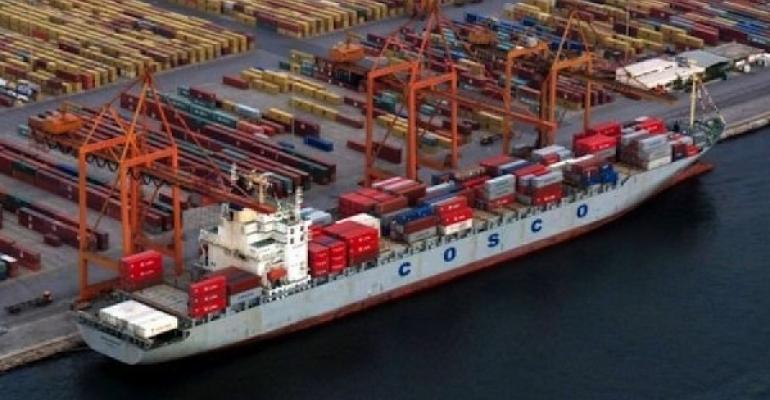CSP said in an announcement that throughput at all its ports rose to 7.49m teu in December from 6.90m teu in the previous corresponding quarter. Meanwhile, for the whole of 2017, volumes jumped to 87.31m teu from 77.58m teu in 2016.
The gains were led by CSP’s overseas ports, a consistent pattern throughout the year where volumes rose 33% to 1.86m teu in December and rose 39% to 18.84m teu for the year, suggesting that monthly gains have been rising consistently at around 30% every month.
While the volumes at the Southwest Coast’s Guangxi Qinzhou International Container Terminal surprisingly fell by a fifth to 99,800 teu in December, throughput for the year kept up a respectable 19% pace to come in at 1.36m teu.
The Pearl River Delta and Southeast Coast terminals kept up the momentum in December to post growth of 5% and 14% to 2.33m teu and 461,900 teu respectively.
The usual laggards however continued to bring up the rear with the Yangtze River Delta terminals seeing just 2% growth to 1.61m teu in December while the Bohai Rim region saw throughput actually fall 5% to 1.12m teu.
Illustrating perhaps a broader trend, the northern cluster of ports also had the slowest annual pace of growth among all the different regions. The Yangtze River Delta region saw throughput grow 6% to 19.63m teu while the Bohai Rim region barely grew, with volumes rising just 2% to 15.36m teu.
However the Yangtze River Delta still represents one of the biggest chunks of overall volume, with the number of boxes moved almost as many as the whole Port of Hong Kong and more than all of CSP’s overseas ports.
Copyright © 2024. All rights reserved. Seatrade, a trading name of Informa Markets (UK) Limited. Add Seatrade Maritime News to your Google News feed.


